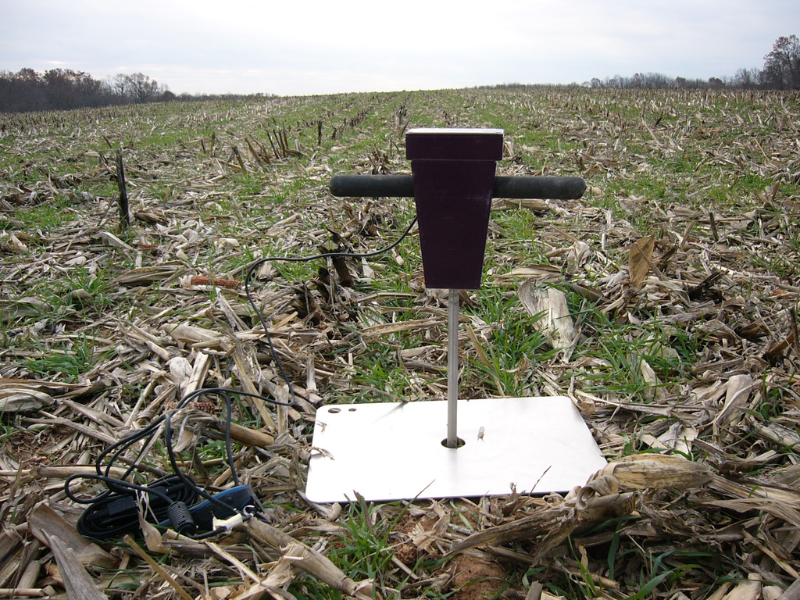Natural Resources

To feed the world’s growing population, farmers need to grow a lot of crops. Crops need water to grow and thrive, and the water used to irrigate crops makes up an estimated 70% of global freshwater use. But many areas across the world are plagued by water shortages.

Earth’s carbon cycle works on a global scale. But it can be affected by the tiniest of organisms: soil microbes. These microbes decompose organic matter like plant litter and dead organisms, and create simple carbon compounds. These simple carbon compounds can then be used by other organisms, or turned into gases (like carbon dioxide) and released into the atmosphere.

Sewage treatment plants provide an important service to communities around the world. Through several processes, these facilities take dirty water and transform it into water that can be reused safely. Treating water that comes from our homes and offices – domestic wastewater - to be reintroduced into the environment protects both human and environmental health.

If you’re a gardener, you know that planting seeds in the ground doesn’t always mean you’ll have a good yield at the end of growing season. On a personal level, this can be disappointing. Farmers are in charge of growing dozens to thousands of acres of food. And, they face the same variability in the planting, growing, and harvesting processes as gardeners do.

Whether we like it or not, plastic is a major part of our lives. The production and use of plastics has been found to create a problem because “microplastics” are accumulating in our soils.

Have you ever thought about where your waste goes? For people living in cities, it goes to a treatment plant. However, treated wastewater ultimately finds its way into a local waterway. This means it could end up in your nearby stream, river, or lake.

For more than four decades, biosolids have been applied to land and studied by researchers for many useful purposes. Biosolids are a product of the wastewater treatment process. Yes, that means sewage. However, the sewage is treated carefully to ensure it has beneficial properties and is not harmful.

Given current global challenges, lawmakers have proposed allowing select land currently enrolled or soon-to-be enrolled in the Conservation Reserve Program (CRP) to be opened for crop production in the immediate future. In 2021, approximately 315,000 U.S. producers received CRP payments, accounting for roughly 22 million acres enrolled in the CRP program or 8.7% of U.S. cropland.

Crops need nutrients like nitrogen and phosphorus to grow and thrive. However, excess nutrients from farms can wash into streams and rivers, and even make their way into oceans. The surplus in nutrients can cause major damage to aquatic ecosystems; but small wetlands can be of tremendous help in reducing or preventing this damage.

Abandoned orchards can be a beautiful sight. The neatly lined rows of trees often stick around for decades. Although beautiful, it may not be as easy to tell that there could be trouble below the surface. Harsh, toxic pesticides used in the past can linger in the soil. They might even make it to the groundwater and nearby wells.
